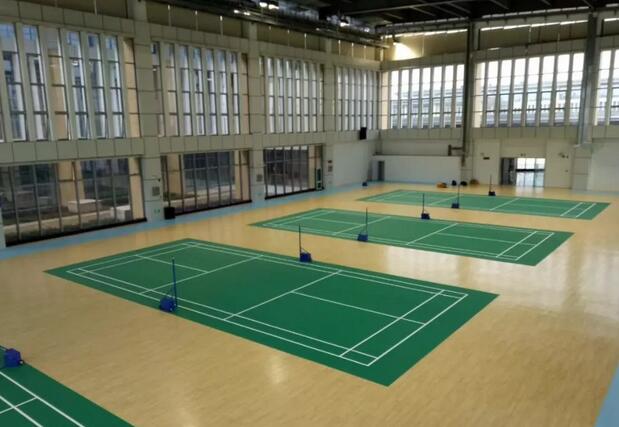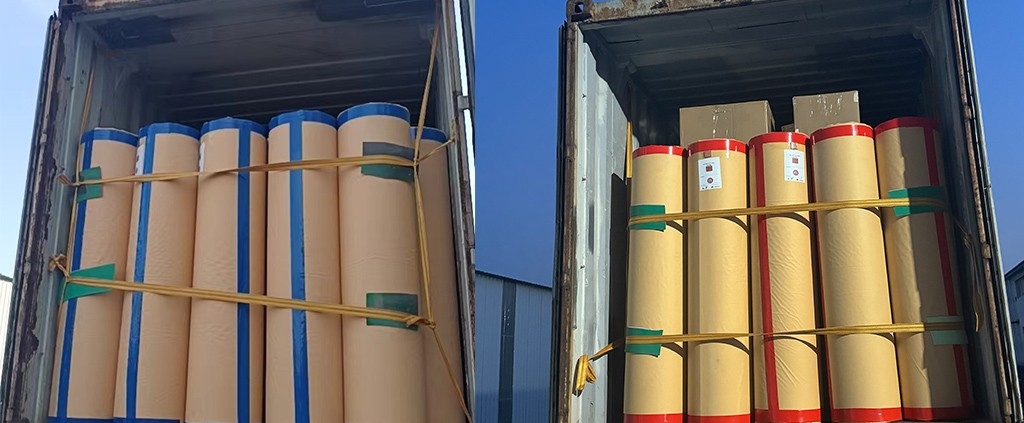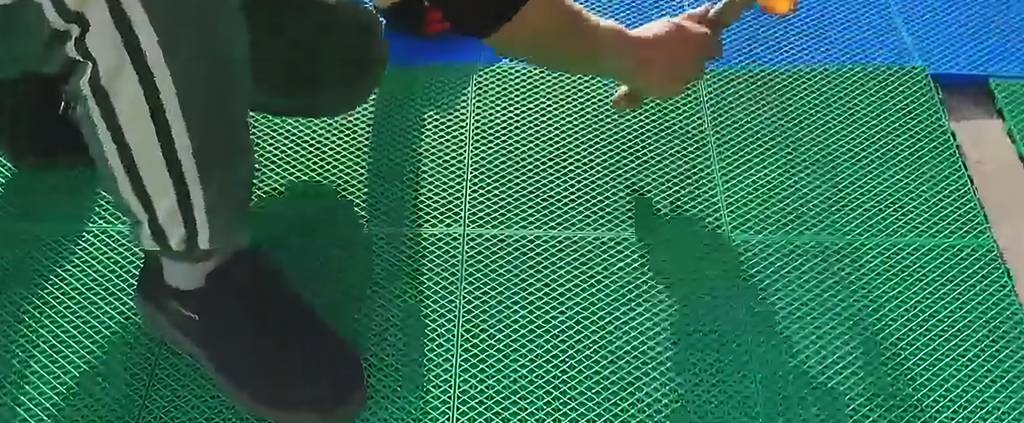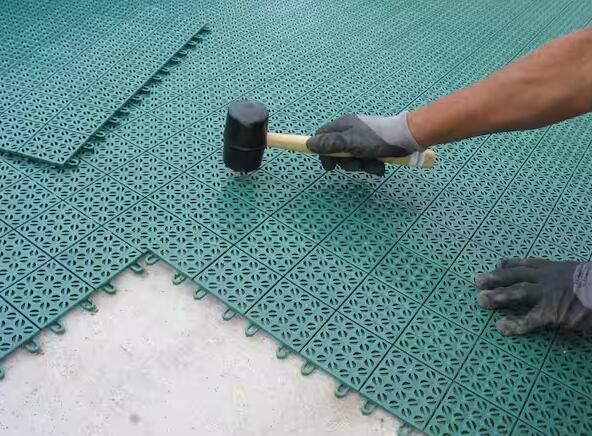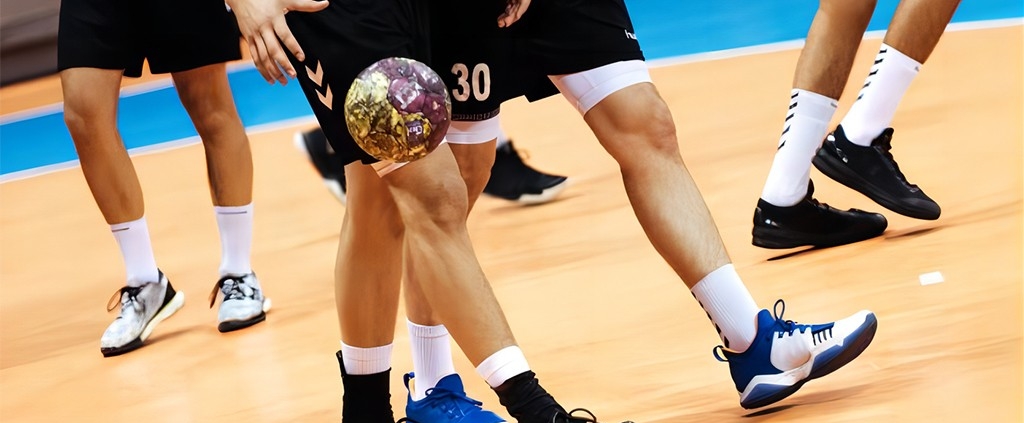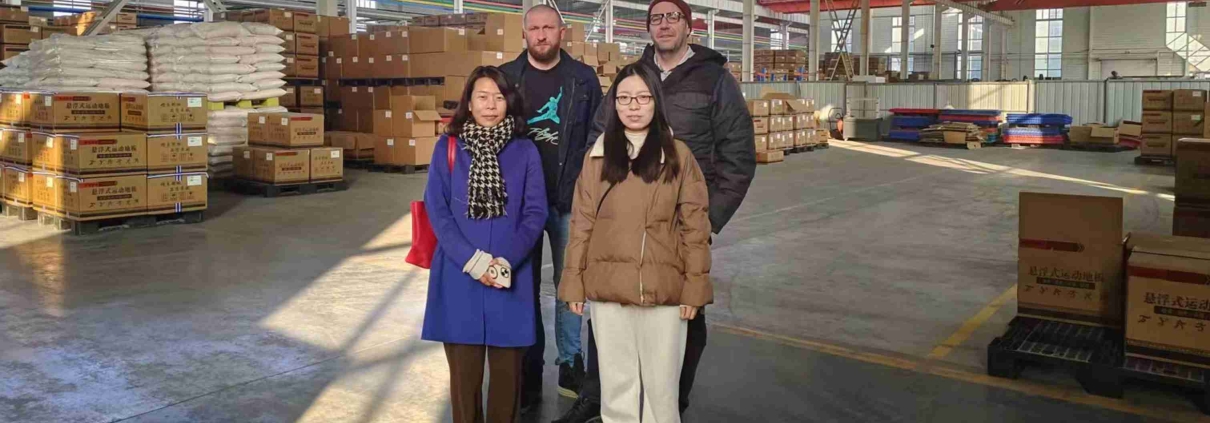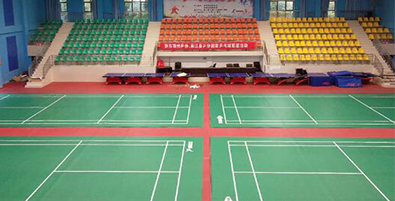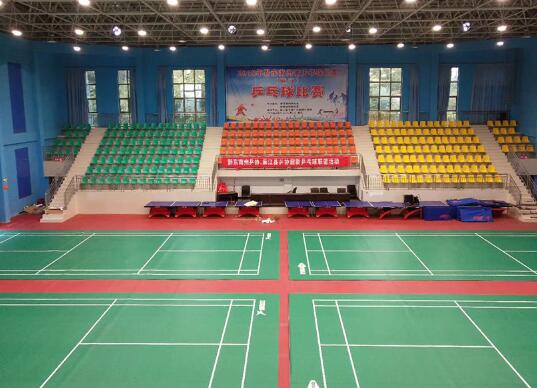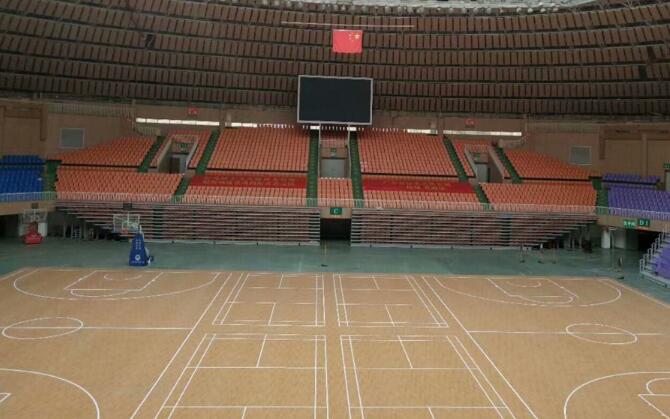Which is Better: PVC Sports Floor or Solid Wood Sports Floor?
When it comes to sports flooring, the choice between PVC (polyvinyl chloride) and solid wood is a crucial decision that can significantly impact the performance, durability, and overall aesthetics of the sports facility. In this article, we explore the characteristics of both PVC sports floors and solid wood sports floors to help you make an informed decision for your sports facility.
PVC Sports Floor
PVC sports floors have gained popularity for their versatility and cost-effectiveness. These synthetic floors are engineered to provide a uniform and resilient surface, making them suitable for various sports and activities. Key features of PVC sports floors include:
- Durability: PVC sports floors are known for their durability and resistance to wear and tear. They can withstand heavy foot traffic and the impact of sports equipment.
- Shock Absorption: Many PVC sports floors are designed with shock-absorbing properties, reducing the risk of injuries during intense physical activities.
- Easy Maintenance: PVC floors are relatively easy to clean and maintain. They are resistant to moisture, making them suitable for sports facilities with varying environmental conditions.
- Variety of Designs: PVC sports floors offer a wide range of design options, allowing you to customize the look of your sports facility according to your preferences.
Solid Wood Sports Floor
Solid wood sports floors have a long-standing tradition in sports facilities, particularly in settings where a classic and natural aesthetic is desired. Some key characteristics of solid wood sports floors include:
- Natural Aesthetics: Solid wood floors provide a timeless and warm aesthetic, creating a visually appealing environment for sports activities.
- Durability: Well-maintained solid wood floors can last for decades. They are known for their sturdiness and ability to withstand heavy use.
- Ball Response: Solid wood floors are often favored for sports like basketball due to the consistent ball response they offer, enhancing the overall playing experience.
- Environmental Considerations: Solid wood is a natural material, making it an environmentally friendly choice for those who prioritize sustainability.
Choosing the Right Floor for Your Facility
The choice between a PVC sports floor and a solid wood sports floor depends on various factors, including the type of sports played, budget constraints, maintenance preferences, and aesthetic considerations. PVC floors are often preferred for their cost-effectiveness and versatility, while solid wood floors appeal to those seeking a classic and natural look.
Contact Us
If you are in the process of selecting the ideal sports floor for your facility or have questions about choosing a reliable flooring supplier, don’t hesitate to contact us. As a trusted supplier in the industry, we are here to provide expert guidance and ensure you make the right choice for your sports facility’s flooring needs.


